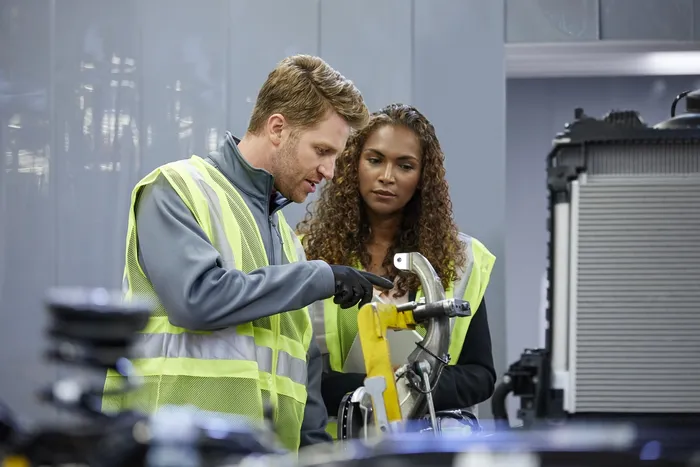While it may appear there’s little agreement on much these days, Americans do agree that we need to get better at recycling plastics.
But how?
We have an idea. Five ideas, actually.
We Agree
A 2021 survey found that 82% of U.S. adults support national recycling standards for plastics.
We do, too. As America’s Plastic Makers, we make most of the plastic materials in this country. And we believe that unified national recycling standards for plastics would make recycling easier, more efficient, and more cost effective for everybody. And they would help accelerate a circular economy for plastics, in which plastics are reused instead of discarded.
We’re urging Congress to adopt unified national standards as recommended in 5 Actions for Sustainable Change, our proposals for new federal policies to enable plastics to be reused again and again rather than treated as waste.
A Circular Economy
A circular economy rearranges the way our society makes and uses things. In today’s “linear economy,” manufacturers typically take raw materials and make products that are used… and then discarded in landfills, incinerators, or far too often our environment, particularly our ocean. We’ve all seen the results.
Instead, a circular economy keeps those materials in use for as long as possible and then reuses them to make new products. This reduces the need to extract raw materials, drives down greenhouse gas emissions, and significantly reduces our environmental footprint.
To get there, we’re going to need some changes, commitments, and standards.
Why Standards?
The U.S. recycling rate for all materials is right around 35%. Not bad, not great.
Plastic packaging trails behind that number for two primary reasons: 1) its complexity and 2) our nation’s outdated recycling system.
Our national recycling infrastructure was created decades ago largely to collect bottles, cans, and newspapers. (We’re now recycling plastic and glass bottles at about the same rate.) But over the years we’ve embraced all sorts of new, lightweight plastic packaging, such as wraps and resealable pouches. This new packaging is great at reducing the weight and amount of packaging needed to deliver food and drink. Lightweight efficient plastic packaging helps reduce food waste, uses less energy than heavier packaging, and reduces greenhouse gas emissions compared to common alternatives.
But this new packaging complicates recycling. It leads many of us to stand at our recycling bin and ask: Can I recycle this plastic? The answer: It depends. There are about 9,000 community recycling programs with about 9,000 different lists of recyclables.
That’s why we need unified national recycling standards for plastics.
How Would National Standards Help?
Thousands of communities collecting widely varying materials can obviously create confusion for consumers and result in inefficient markets for recycled plastics.
There is a solution to this confusion: communication. The broad array of people with an interest in plastics recycling have to talk to each other. And to all of us confused Americans who want to recycle more.
Here’s what we proposed to Congress: Direct the EPA and the Department of Energy (DOE) to bring together organizations with a stake in plastics recycling. That includes local recycling and community leaders. Companies that haul and manage waste/recyclables. Companies that process used plastics for recycling (recyclers). And companies that make plastics, products, and packaging.
These people would communicate. Talk to each other about the stumbling blocks to high plastics recycling rates. And then develop national recycling standards for plastics designed to:
- Improve collection and access to recycling;
- Improve consumer outreach/education so Americans readily understand what plastic materials can and cannot be recycled – and where;
- Improve data and reporting on what materials have been collected and recycled; and
- Identify the types of sorting and processing needed to recycle more plastics.
See more details here.
Agree?
If Americans can collect plastics, understand what to collect, measure what we collect, and process what we collect, we’ll go a long way toward that circular economy for plastics. And keeping plastic waste out of our environment.
Can we agree on that? Learn more about the 5 Actions here.

